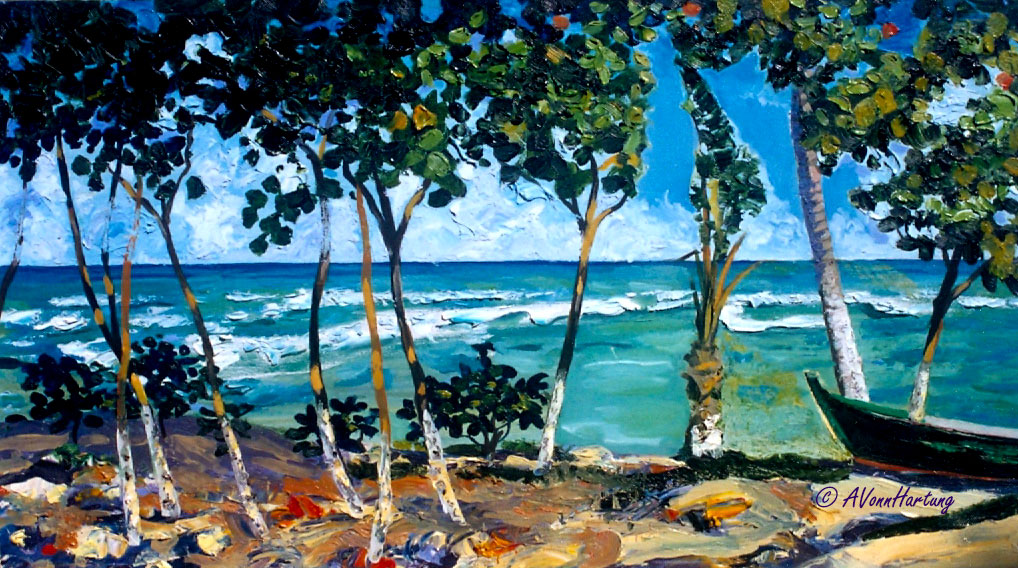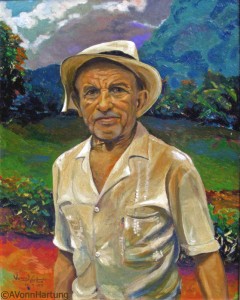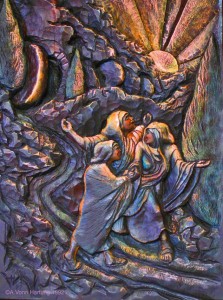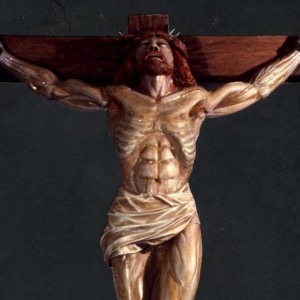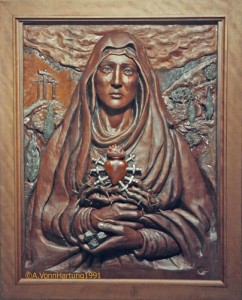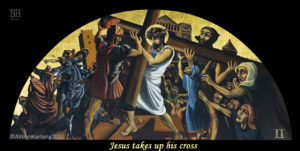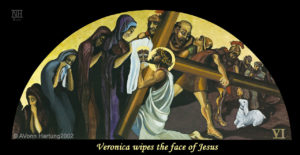Blessed Carlos Manuel Rodríguez was beatified thirteen years ago today on April 29, 2001, by His Holiness (now Saint) John Paul II. Furthermore, “he was the first Puerto Rican, the first Caribbean-born layperson and the first layperson in the history of the United States to be beatified.“
At the core of Blessed Carlos Manuel Rodriguez’ spirituality (Pope John Paul II said) was his faith in the Resurrection. He promoted the Easter Vigil as the defining moment of Christian spiritual life, repeating often, “We live for that night.” (Vivimos para esa Noche)
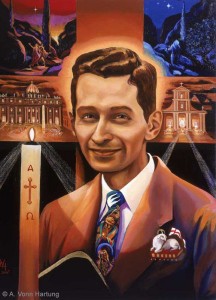
Oil portrait by A. Vonn Hartung 2001
In 2001 I was deeply honored and humbled to be commissioned by the archbishop of San Juan, Monsignor Roberto González Nieves, to paint the official portrait of Blessed Carlos Manuel Rodríguez. Significantly, it was to be given as a gift from Puerto Rico to the Pontifical North American College in Vatican City. Indeed it is exhibited there in the Hall of Saints.
The Portrait is painted with various symbolic elements. They express a visual prayer that “speaks to the eye”. In other words, what was it that helped bring Blessed Carlos Manuel Rodriguez to such an intimate connectedness to our Lord and Savior? The absolute serenity and joy in Charlie’s look is the faith that we seek. It is the faith that seeks us.
Buy a giclee print of this painting
